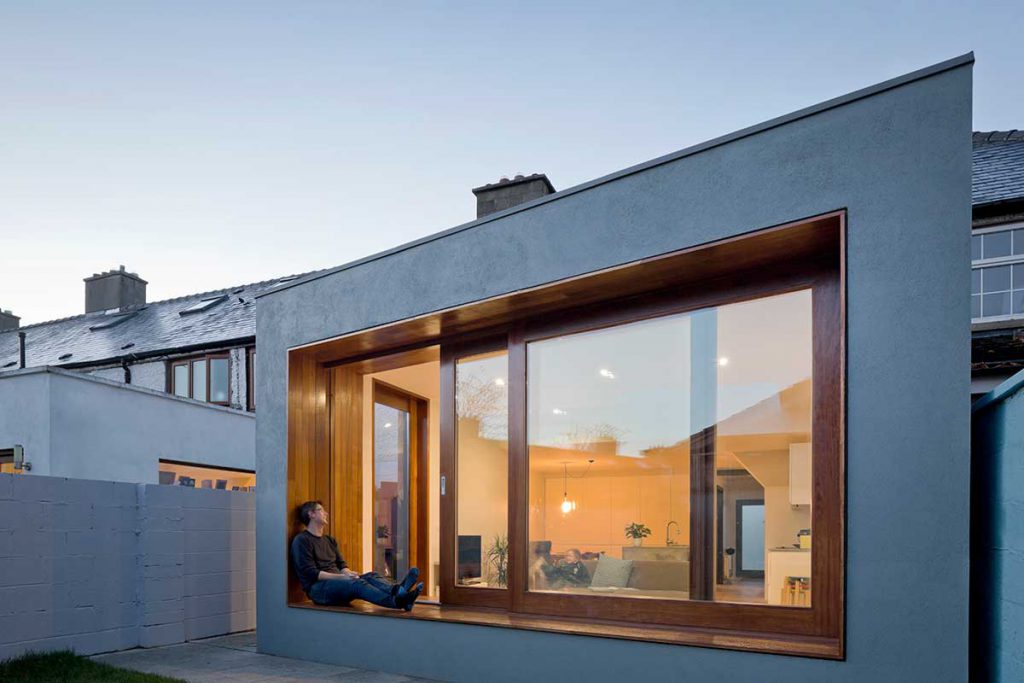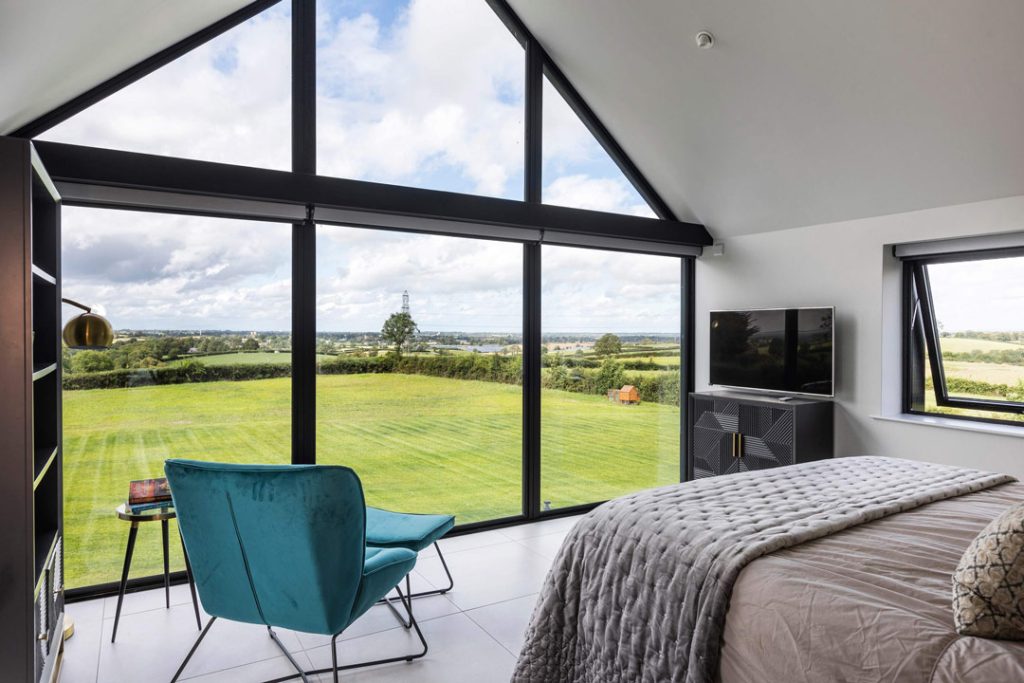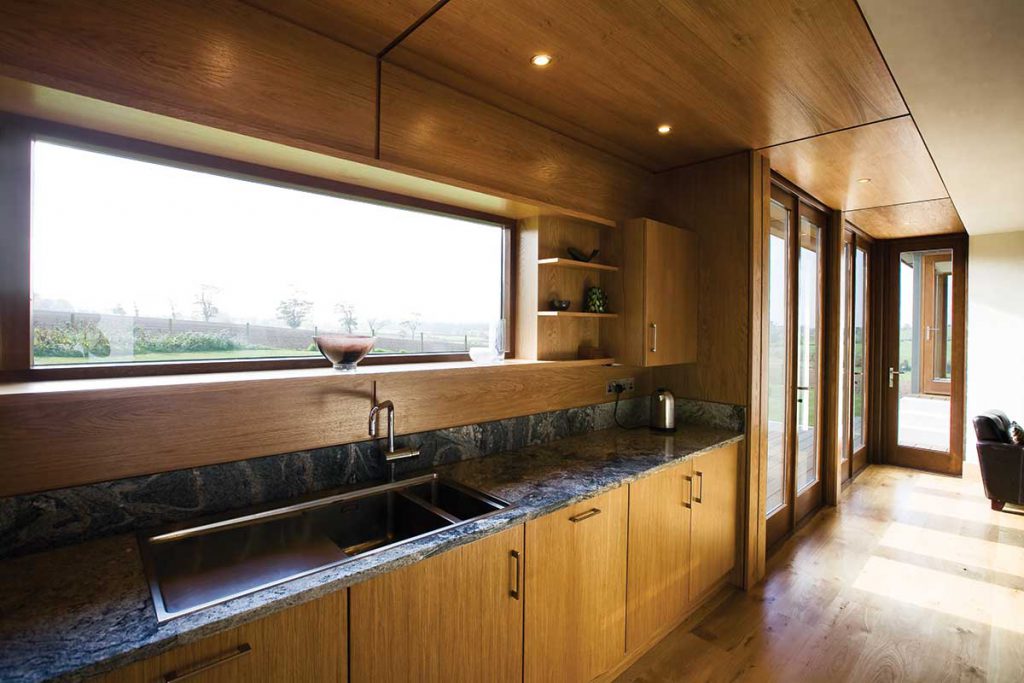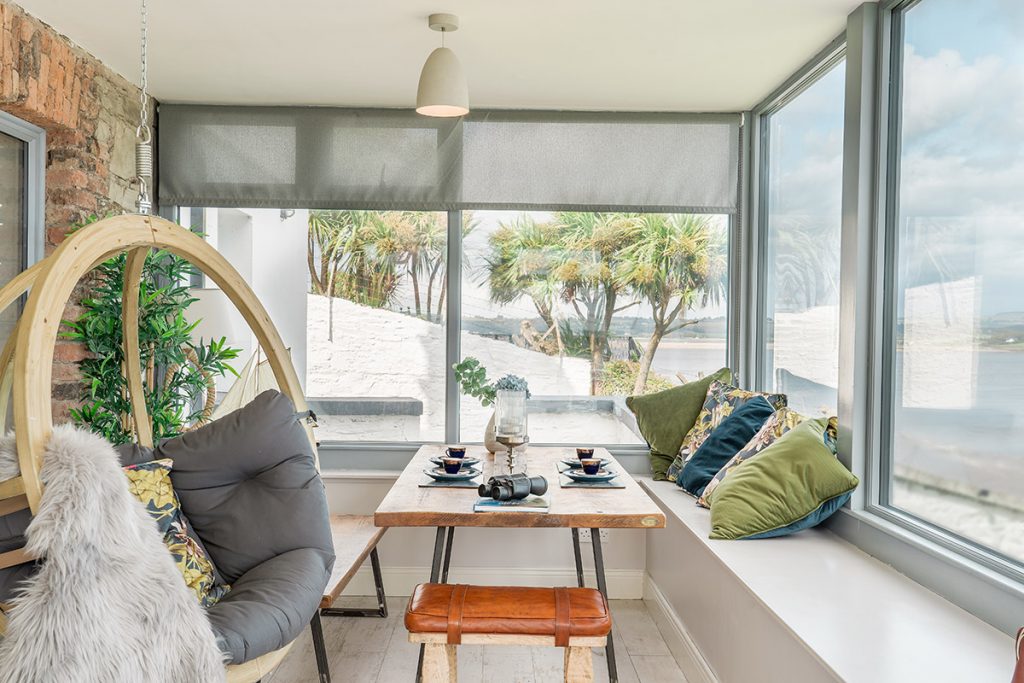When embarking on a home construction project or a renovation, windows are often overlooked until it’s time to make those crucial decisions. However, the design and selection of windows can significantly impact both the aesthetic and financial aspects of your project. In this comprehensive guide, we will delve into why windows cost so much, their significance in your overall build budget, common reasons for overspending, and practical steps to prevent it. So, let’s unlock the secrets to achieving the perfect balance between your window design aspirations and your budgetary constraints.
Why Windows Cost So Much
Evolution of Window Design
In days gone by, our ancestors built their homes with simplicity in mind. Most homes featured a single main entrance door and a similarly designed rear or side door. The windows, typically of standard sizes, were crafted from locally sourced materials. These straightforward approaches to construction have, for the most part, continued to be cost-effective even today.
However, the landscape of architectural design has transformed dramatically. Contemporary designs increasingly call for extensive glazing, and technological advancements have ushered in a new era of window and door production. As a result, windows and doors have evolved into major players in the budgetary equation of self-building projects.
The Budgetary Challenge
For many new builds and extensions, windows and doors can account for a substantial portion of the overall project budget. In fact, they often stand as one of the most significant expenses. Modern homes, with their emphasis on open spaces and natural light, allocate a considerable amount of wall space to windows. In the case of extensions, this allocation can be even higher, with windows often occupying up to half of the available wall space.
Considering that windows typically account for nearly a quarter of the wall space in most modern houses, making the right choices becomes paramount. Your decisions regarding windows not only influence the appearance of your home but also play a crucial role in its energy efficiency. Therefore, navigating the complexities of window design while managing your budget requires careful consideration.

How Much Windows Represent in Your Overall Build Budget
The Misleading Average Costs
When it comes to estimating the cost of your project, relying solely on average costs per square meter (sqm) or square foot (sqft) can be misleading. This is especially true for windows and doors. Unlike other construction elements, windows and doors are highly customizable, and the number of units required for a new home can vary significantly. Moreover, the market offers an extensive range of specifications, making it challenging to arrive at a one-size-fits-all cost estimate.
The Reality of Window Expenses
On average, windows often represent 10 to 15 percent of the total cost of a new build. This percentage may seem manageable, but it’s important to remember that windows are not off-the-shelf items. They are tailor-made to fit your home’s specific design, and altering any aspect of your window order after placement can be both complicated and costly.
Given these considerations, it’s crucial to factor in the high costs of windows during the early stages of your project. Your budget must align with your design intent, and this alignment is essential for a smooth and cost-effective construction process.
Main Reasons for Overspending and How to Prevent It
Regulatory Compliance
Before diving into the aesthetics and specifications of your windows, you must first address regulatory requirements. Two primary considerations are at play here: planning permission and Building Control Regulations.
Planning Permission
Obtaining planning permission is often the initial hurdle in any construction project. Local authorities set forth specific requirements, which can include constraints on the size, style, and placement of windows. Deviating from these guidelines can lead to delays, additional costs, and even project cancellation. Therefore, it’s imperative to thoroughly understand and adhere to the stipulations of your planning permission.
Building Control Regulations
Building Control Regulations govern various aspects of construction, including structural integrity, safety, and energy efficiency. Windows and doors must meet these regulations to ensure that your home is safe, secure, and environmentally responsible. Failing to meet these requirements can result in costly revisions and compliance measures, making it vital to integrate them into your initial design.
Design Considerations
Once regulatory compliance is addressed, you can focus on the design aspect of your windows. Here, several key factors come into play, with each exerting a different level of influence.
Cost
Budget considerations naturally weigh heavily on your decision-making process. To avoid overspending, establish a realistic budget early on and stick to it as closely as possible. Be mindful that customization, high-end materials, and intricate designs can all drive up costs significantly.
Style
The aesthetic appeal of your windows is a crucial aspect of your home’s overall design. Different architectural styles may call for specific window types and configurations. To prevent overspending, work with an architect or designer who can help you select windows that align with your vision while staying within your budget.
Weight
The structural integrity of your home depends on the materials used and their weight-bearing capacity. Heavy windows may require additional structural support, which can increase both material and labor costs. When choosing windows, consider their weight and consult with a structural engineer if necessary to ensure your home can accommodate your preferred window style.
Performance
Windows play a vital role in your home’s energy efficiency and comfort. Low-quality windows can result in heat loss, drafts, and increased energy bills. Investing in high-performance, energy-efficient windows may initially seem costly but can yield significant long-term savings. Look for windows with features such as double glazing, low-E coatings, and proper sealing to maximize their performance.

Practical Steps to Trim Your Glazing Budget
Early Planning and Research
To optimize your glazing budget, start your planning and research early in the project. Here’s a step-by-step guide to help you navigate the process:
Step 1: Assess Your Needs
Begin by evaluating your specific requirements for each room in your home. Consider factors like natural light, privacy, and ventilation. This will help you determine the size, style, and type of windows needed for each space.
Step 2: Set a Realistic Budget
Based on your needs and overall project budget, establish a realistic budget for your windows. Consider not only the purchase price but also installation costs and potential expenses for structural modifications.
Step 3: Explore Design Options
Work with an architect or designer to explore window design options that align with your budget and aesthetic preferences. They can provide valuable insights into cost-effective design choices.
Step 4: Compare Materials and Features
Research different window materials, such as wood, vinyl, aluminum, or fiberglass, and compare their costs and performance characteristics. Additionally, investigate features like energy efficiency, security, and maintenance requirements.
Step 5: Get Multiple Quotes
Obtain quotes from multiple window suppliers or contractors to ensure you’re getting competitive pricing. Be sure to provide them with detailed information about your project’s requirements.
Step 6: Consider Energy Efficiency
Investing in energy-efficient windows may initially come with a higher price tag, but the long-term energy savings can offset the initial cost. Look for windows with ENERGY STAR certification or other energy efficiency labels.
Step 7: Optimize Window Placement
Strategically place windows to maximize natural light and ventilation while minimizing energy loss. Consider the orientation of your home and the local climate when making placement decisions.
Step 8: Plan for Maintenance
Factor in ongoing maintenance costs when selecting window materials. Low-maintenance options may have higher upfront costs but can save you money in the long run.
Step 9: Review Quotes Carefully
When you receive quotes from suppliers or contractors, review them carefully to ensure they align with your budget and project requirements. Seek clarification on any unclear or unexpected costs.
Step 10: Seek Professional Guidance
Consult with experts, such as architects, designers, and structural engineers, to make informed decisions throughout the window selection and design process.

Avoiding Common Pitfalls
In addition to following these steps, be mindful of common pitfalls that can lead to overspending:
Scope Creep
Avoid making frequent changes to your window design once the project is underway, as this can result in added costs and delays.
Cheap Alternatives
While budget-conscious choices are essential, be cautious of opting for the cheapest windows available, as they may lack durability and energy efficiency.
Neglecting Long-Term Costs
Consider the long-term costs and benefits of your window choices, not just the initial investment. Quality windows with higher upfront costs can lead to lower energy bills and maintenance expenses over time.
Skipping Professional Advice
Consulting with professionals, such as architects and structural engineers, can help you make well-informed decisions that prevent costly mistakes.
Maximizing Value and Efficiency
Ultimately, the goal of optimizing your glazing budget is to achieve the best value and energy efficiency while staying within your financial limits. By taking a proactive approach to window design, carefully planning, and seeking expert guidance, you can strike the perfect balance between your aesthetic aspirations and budgetary constraints.

Conclusion
Windows are not mere openings in your walls; they are integral elements of your home’s design and functionality. Balancing the desire for stylish, energy-efficient windows with budgetary constraints can be a challenging endeavor. However, by understanding the factors that contribute to window costs, adhering to regulatory requirements, and following practical steps to trim your glazing budget, you can make informed decisions that enhance both the aesthetics and financial feasibility of your project.
In the dynamic world of construction, where innovation and design continue to evolve, it’s essential to approach window selection with a thoughtful and well-informed perspective. With the right planning and research, you can transform your home’s windows into not just portals of light and views but also pillars of sustainability, comfort, and financial prudence. So, as you embark on your window design journey, remember that the right choices today can lead to a brighter, more beautiful, and cost-effective tomorrow for your home.




